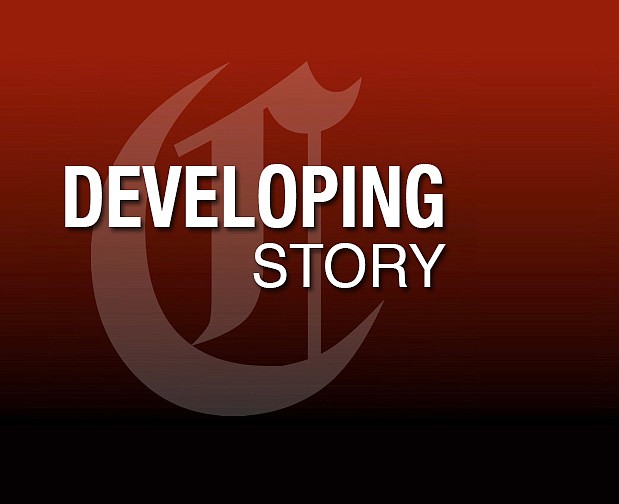A Houston company that plans to build a $2 billion transmission line from Oklahoma to Tennessee has gained approval from the Federal Energy Regulatory Commission to negotiate power rates and bilateral agreements for all of its proposed 3,500 megawatt electricity route.
Clean Line Energy announced Tuesday that FERC had approved its plans for the 700-mile "Plains & Eastern" line to carry wind-generated electricity from the Oklahoma Panhandle to the western edge of TVA's service territory.
The transmission company is still trying to get federal approval for a joint venture with the Southwestern Power Administration in order to gain utility status for the proposed Direct Current line and its substations. But FERC's decision last week will help Clean Line begin to pick applicants and prices from among the applicants that collectively offered proposals for more than 17,000 megawatts of wind generation, if the project is ultimately approved and built.
"This confirms what we're already doing with our open solicitation from those wanting to use our line and we can now move forward with specific negotiations," Mario Hurtado, co-founder and executive vice president of development for Clean Line, said Tuesday.
Clean Line Energy was created five years ago to help transmit wind energy from areas where the wind blows more steadily to where most energy is consumed. Based upon initial projections, Hurtado estimates that wind energy transmitted along by Clean Line from Oklahoma and Texas could be delivered to TVA at 4.3 cents per kilowatthour. Such a price would make the renewable energy competitive with many higher-priced forms of TVA generation such as diesel generators and small gas and older coal units.
TVA has signed a memorandum of understanding to study Clean Line's proposal, but the federal utility has yet to receive any formal proposals from Clean Line or the generators it would work with from western states.
The proposed transmission line would be one of the country's biggest DC transmission lines and would be more efficient than the current AC transmission lines used for most electricity distribution. Hurtado estimates the line could be built in two to three years and Clean Line hopes to gain contracts and approval to start work by 2015.
Michael Skelly, president of Clean Line Energy, said FERC's approval last week ""takes Clean Line a step closer to building clean energy transmission infrastructure for Tennessee, Arkansas and other Mid-South and Southeast states."
Despite the FERC approval, however, Clean Line still faces opposition in Arkansas and political questions in Tennessee.
"Everyone in Arkansas has been actively opposing Plains & Eastern from trespassing our land, and taking farms and homes for profit," said Dr. Luis Contreras, one of the critics of the project who helped convince Arkansas regulators against granting utility status for the initial project last year.
In Tennessee, U.S. Sen. Lamar Alexander and U.S. Rep. Stephen Fincher, both Republicans, have written TVA to question whether the Clean Line project would be reliable or cost effective.
Contact Dave Flessner at dflessner@timesfree press.com or at 757-6340.
